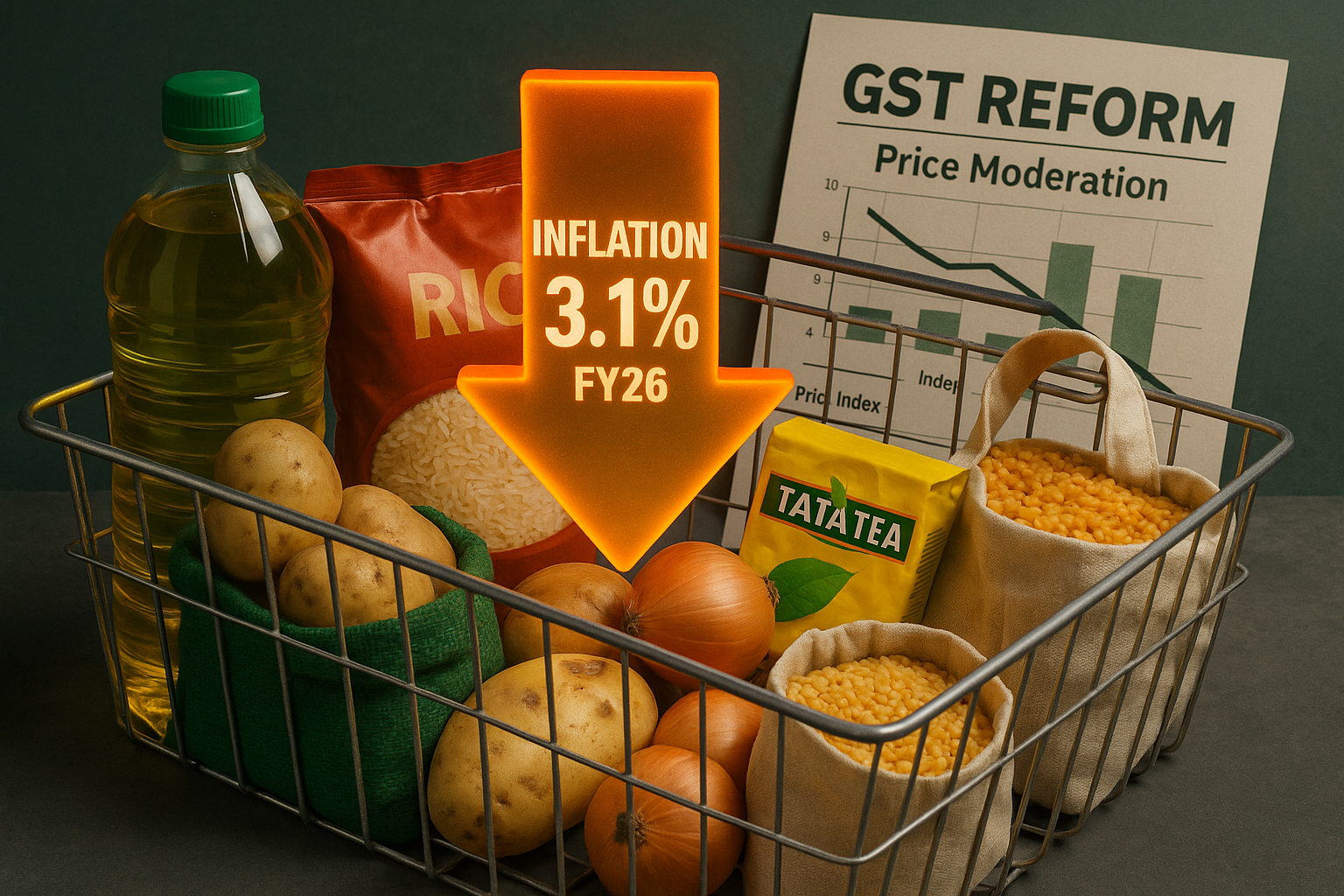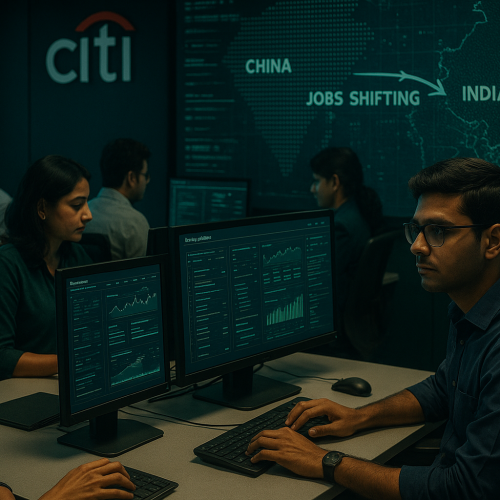A report by Bank of Baroda (BoB) projects that India’s inflation could moderate to 3.1% in FY26, supported by the recent wave of GST rate cuts under GST 2.0. The tax reductions on essential items and consumer goods are expected to lower household expenses, ease supply chain costs, and strengthen consumer sentiment.
The findings come at a crucial time, as India seeks to balance domestic price stability with global tariff shocks and volatile commodity markets.
Core Development
According to BoB economists:
Inflation Outlook: CPI inflation is likely to average 3.1% in FY26, well below the RBI’s 4% target.
Tax Reforms Impact: Lower GST rates on food, textiles, and insurance are already beginning to filter into prices.
Consumer Relief: Households will see stronger purchasing power, supporting domestic demand.
The report suggests that structural reforms rather than temporary subsidies are driving this moderation, which strengthens fiscal credibility.
Key Drivers Behind the Projection
GST 2.0 Rationalization: Simplified slabs easing price pressures on essentials.
Stable Commodity Prices: Global oil and raw material trends currently favorable.
Policy Coordination: Alignment between fiscal and monetary measures boosting effectiveness.
Stakeholder Impact
Consumers: Benefit directly from lower prices on essentials and services.
Businesses: Reduced cost pressures improve margins and competitiveness.
Government: Gains credibility for delivering both growth and price stability.
Industry & Policy Reactions
Economists welcomed the forecast, noting that easing inflation will give the RBI more flexibility in its monetary stance. However, they cautioned that global risks, particularly U.S. tariffs and geopolitical tensions, could still pose upside risks to inflation.
Challenges Ahead
External Shocks: Commodity volatility and tariffs may reintroduce inflationary pressures.
Demand Pressures: Festive season consumption could temporarily push prices higher.
Implementation Risks: Benefits of GST cuts must flow fully to consumers, not just absorbed by intermediaries.
Strategic Outlook
The BoB report underscores how tax reforms are reshaping India’s inflation trajectory, reinforcing confidence in the government’s economic management. Sustaining low inflation will be critical for growth momentum, investor sentiment, and household welfare.
Why This Matters
Low inflation is not just about consumer comfort — it is the foundation of economic stability, investment decisions, and long-term growth. With inflation expected at 3.1%, India has a unique opportunity to strengthen its fiscal and monetary policy credibility.












